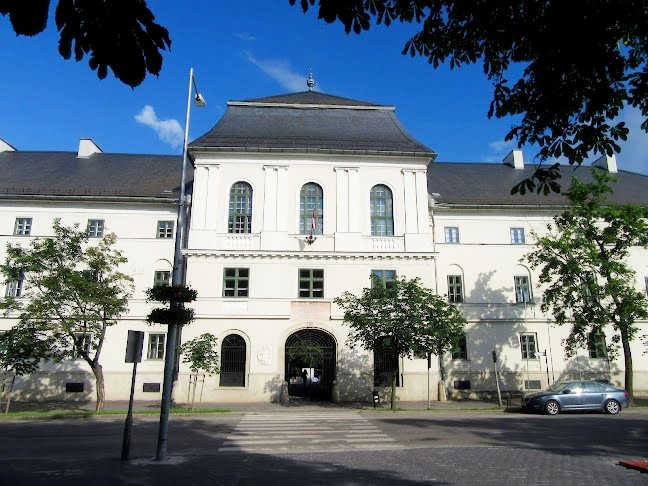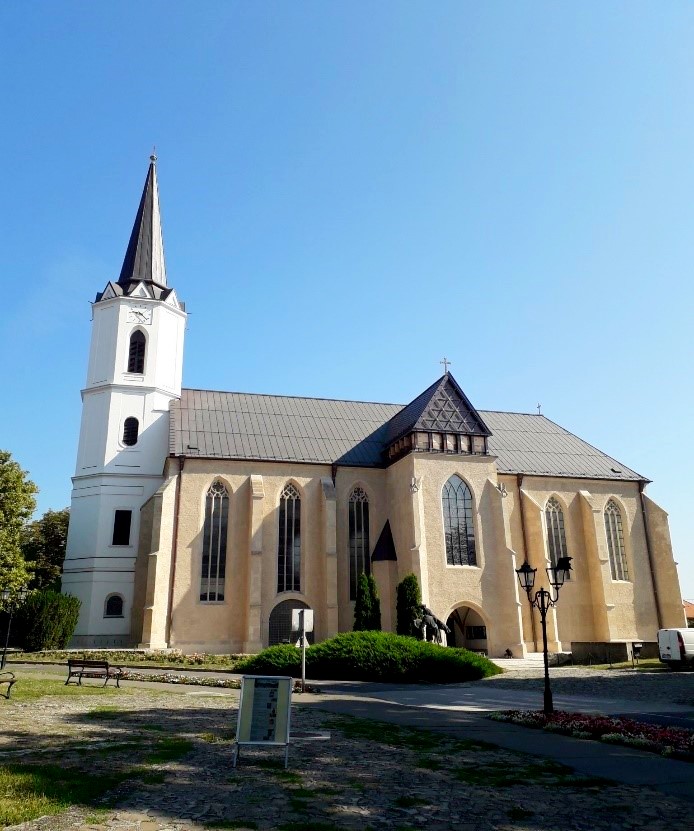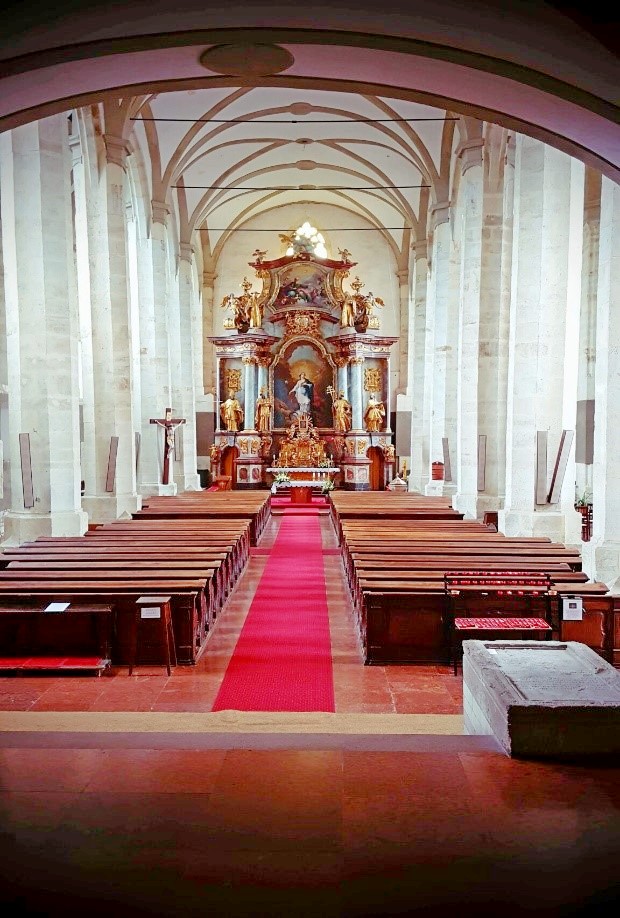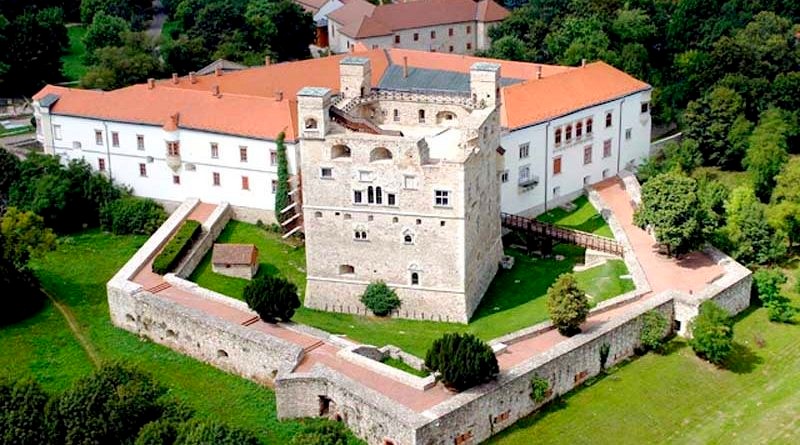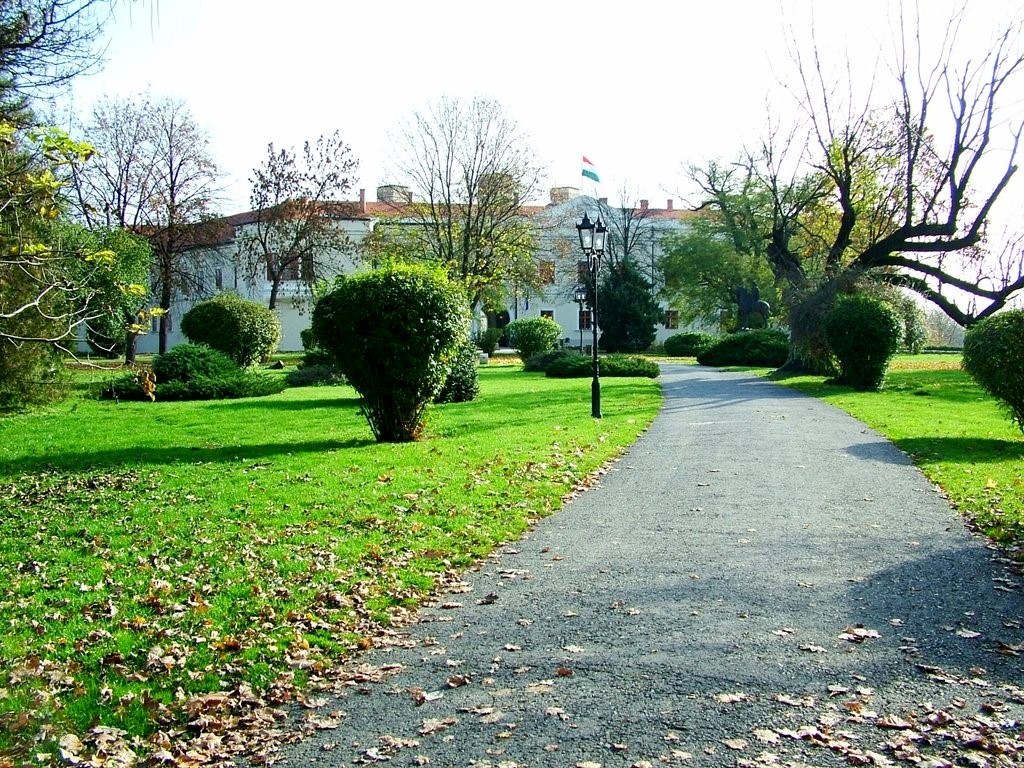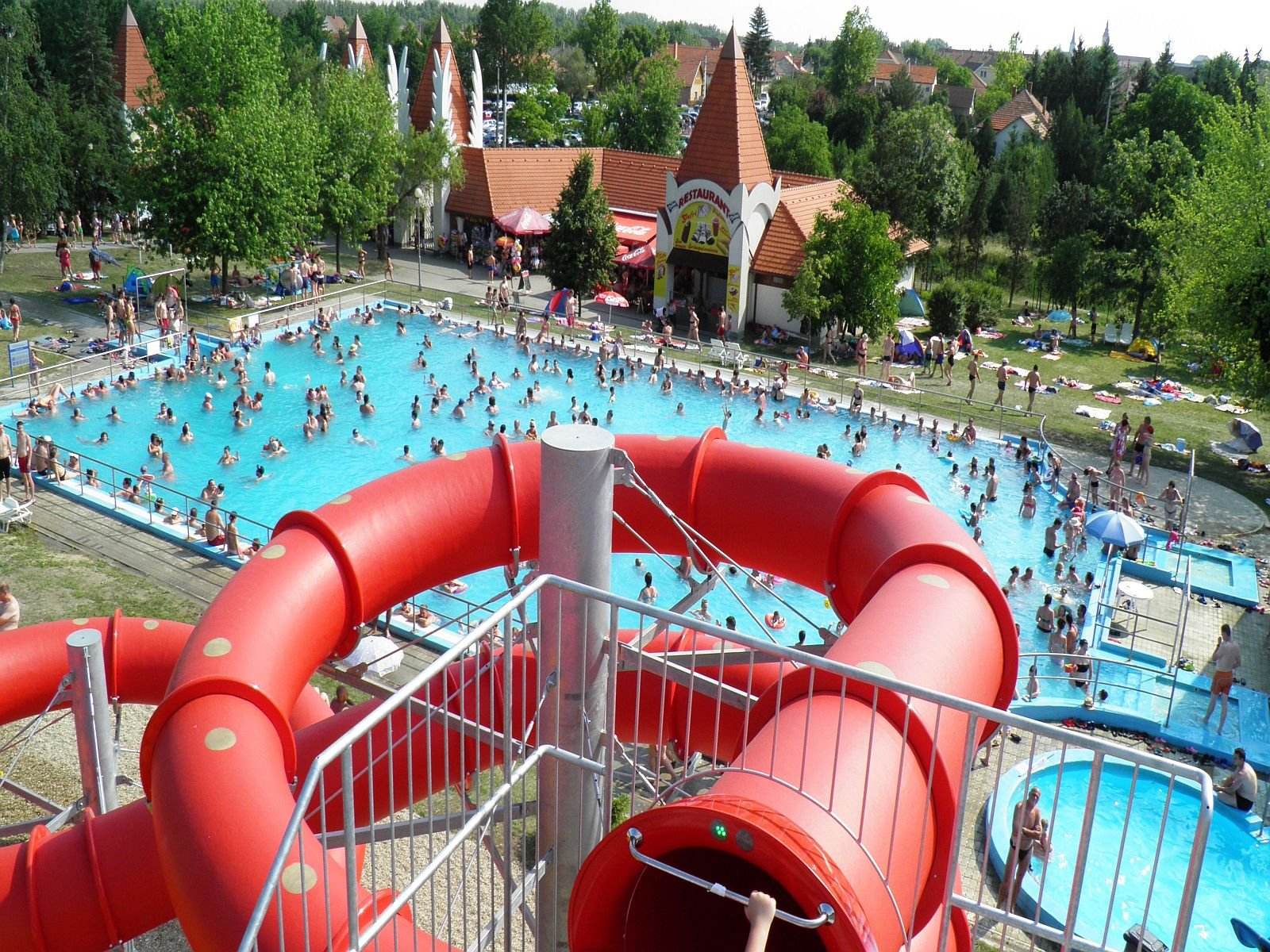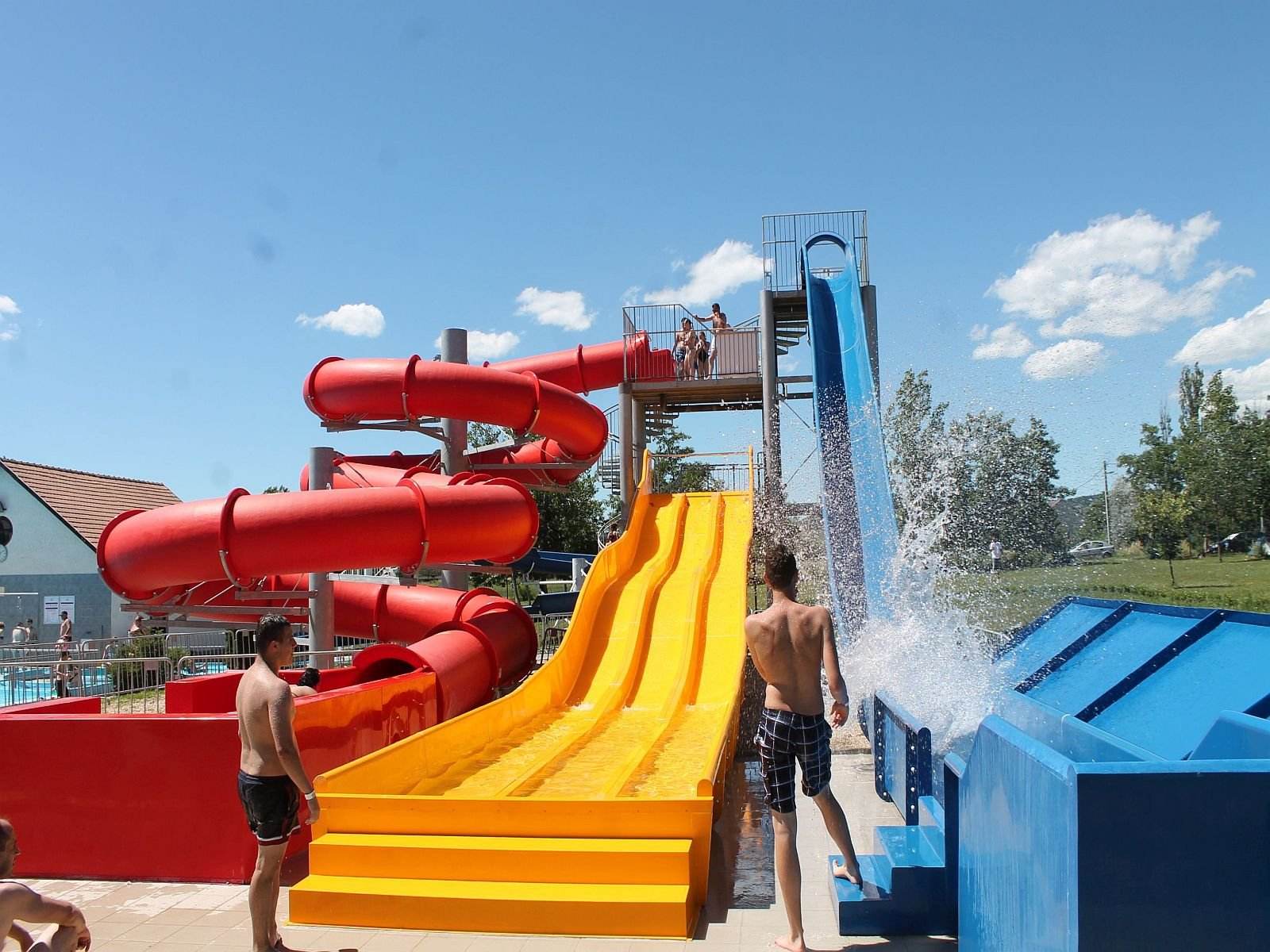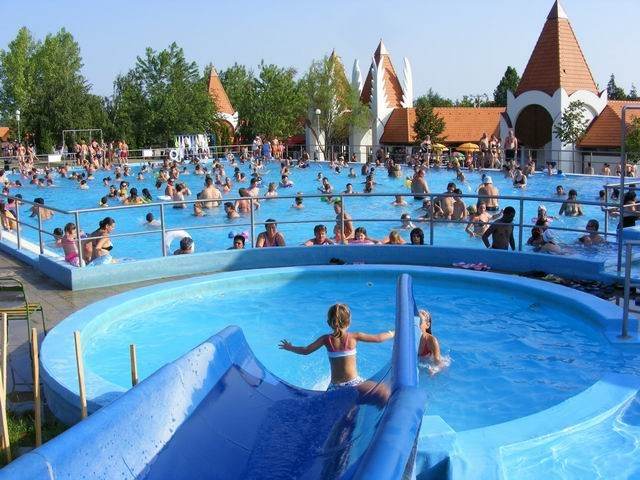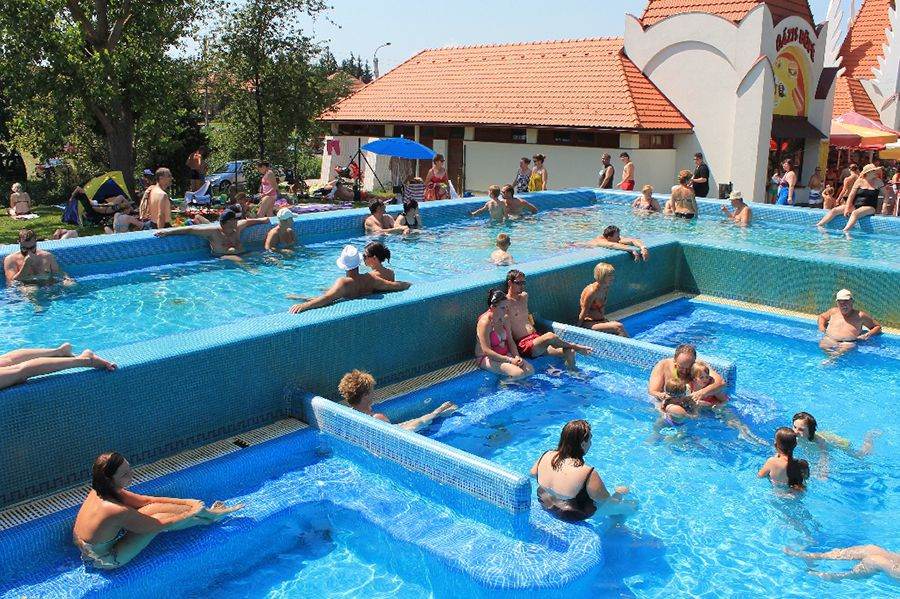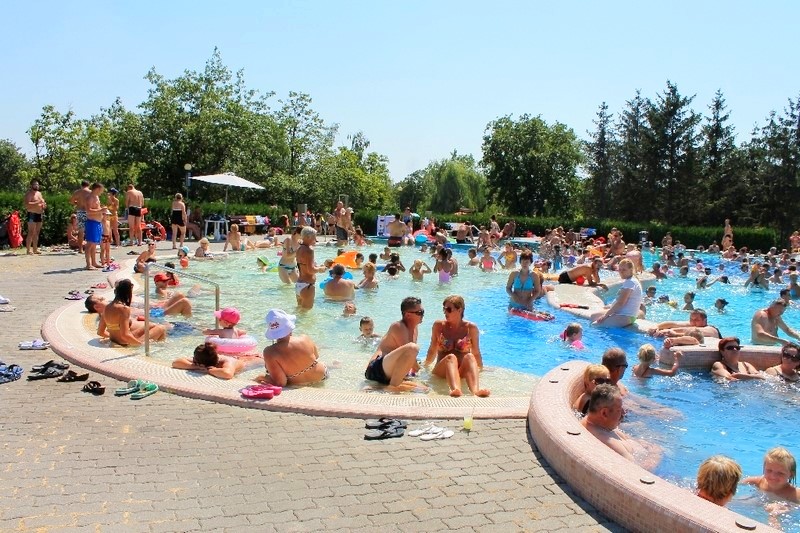Programmes and attractions nearby
Harmónia Panzió - accommodation Sárospatak - programmes
Sárospatak
Sárospatak is a historic small town located in the northeastern part of our country, at the foot of the Zempléni mountain range, at the foot of the world-famous wine-growing landscape, at the foot of the Tokaj - Hegyalja mountain range, on the border of the mountain and the lowland, on the two banks of Bodrog, which is formed by the embrace of five rivers.
A prestigious school town, Hungary's two legendary educational institutions are the High School of the Sárospatak Reformed College and the former Comenius Teacher Training College, now operating here as Tokaj Hegyalja University. The settlement called Bodrog - coastal Athens offers visitors a series of historical and ecclesiastical monuments as attractions.
A little look back at the origins of the city
The area was already inhabited in prehistoric times, the countryside has always been able to feed and protect the people living here. The earliest written source, Anonymus Gesta Hungaroruma, describes that prince Árpád donated the area between Sátor-hegy and Tolcsva stream, i.e. "Stream", to leader Ketel. According to other sources, Patak, like Olaszliska, was founded by Italian and Walloon settlers and the castle was built by King Endre I. During his time, the area around Patak became a royal property.
There are several theories regarding the origin of the adjective "Sáros". According to one explanation, it stuck to him from his muddy street. According to another opinion, during the Árpád period, a part of the area between the mountain range and Ronyva - Bodrog was called "Sáros".
…and finally it can be said
Sárospatak is a dynamically developing, family-friendly, cultural traditions and local values respectful, welcoming, community-minded and cooperative open city, which, based on its unique resources and the social role and responsibility of local actors, is able to provide attractive multi-generational spaces for its residents.
Sárospatak Reformed College
This school is one of the oldest educational institutions in the country, which served as the alma mater of many famous students. Since its foundation in 1531, the Reformed College has been a defining institution in the history of Hungarian education and culture.
Scientific Collection of Sárospatak Reformed College
The Sárospatak Reformed College was founded in 1531. From now on, we can also talk about the Scientific Collection of the College. In fact, these were nothing more than bundles of forms and manuscripts, which were kept in chests. Although this collection might seem quite rudimentary to us today, it is still its own
at his age he met the requirements by far.
Basilica Minor
The XIV. century, a Romanesque-style church was built, then in its place in the XV. s. by the end of 1492, the present-day three-aisled Gothic church was completed. Péter Perényi rebuilt this into a hall church, creating the church's present form.
The Sárospatak Castle - Rákóczi Castle
If there is something that is inherent to the city and is completely unimaginable without it, it is the castle. The castle, which, together with the great prince, is the symbol of the city. It is also on the back of the five hundred forint note and everywhere else where Sárospatak is mentioned. The Sárospatak castle complex belonging to the Hungarian National Museum is the most significant monument of the late Renaissance in our country.
Hild square
In addition to his many eye-catching buildings, Imre Makovecz's decades-long work in Sárospatak was the defining part of the city as a whole, the design of the new city center. He showed how a village settlement center can be transformed into a center reflecting the character of a small town without grossly interfering with the urban structure. Thanks to this, Sárospatak was able to receive the János Hild award in 1987.
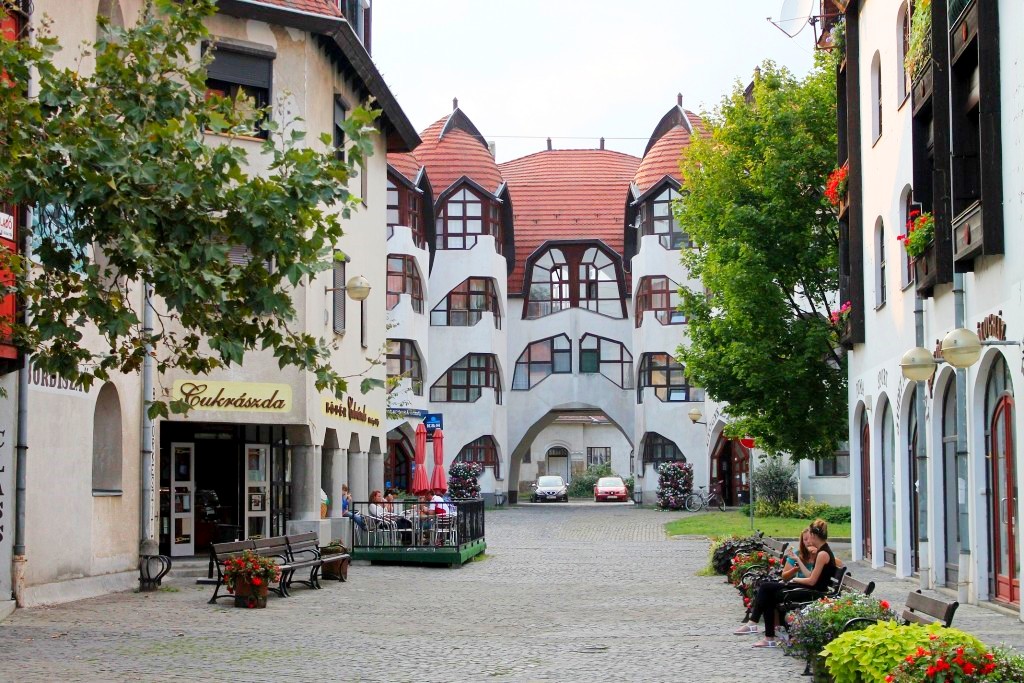
The former Comenius Teacher Training College - Now Tokaj Hegyalja University
The House and Library of Culture
Built in 1983, based on the plans of Imre Makovecz, its lines reminiscent of a human face, its hidden symbols, and its special architectural solutions produce approx. 75,000 visitors are made to look more intensely. The House of Culture was rightfully chosen as one of the ten most beautiful buildings in the world - handed over in 1983.
School garden
The old trees of the seven-hectare area are, on the one hand, the remains of the old herb garden, and on the other hand, the memories of the park construction fifty years ago. Many exotic species, ornamental trees and ornamental shrubs can be seen here. Opposite the entrance of the Reformed College, we find the School Garden, which includes the park of Kossuth and the Transylvanian College. A version of the small-leaved linden lives here, a black walnut, a version of the tall ash, a 100-year-old yew tree and a beautiful row of silver linden trees.
The value of the garden is enhanced by the statues in the park area, which commemorate the famous students of the stream. In the middle of the school garden is the Collegium's historic gymnasium, which is still used today according to its original function.
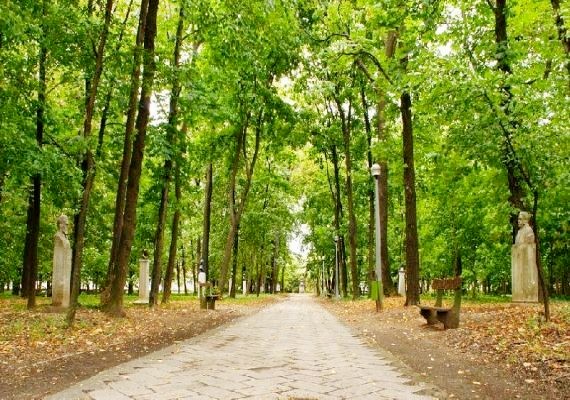
Castle garden
The shape of the garden was created by the Bretzeinheims, but today the picture is much poorer. Notable among the old trees are the white acacia with a trunk circumference of 515 cm, the Japanese acacia with a trunk circumference of 406 cm, and two old flowering ash trees. Garden culture flourished during the time of Zsuzsanna Lorántffy. The XVI-XVII. The castle park, created in the 18th century, today preserves the form laid out based on Henri Cavet's 1826 English garden plan.
Tengerszem, located near Sárospatak, on Megyer Mountain, is officially the most beautiful natural wonder of Hungary.
The hard rock of the 303 m high Megyer hill is of volcanic origin and is excellent for millstone production, already in the 15th century. There was a quarry in the area in the 19th century. To remove the water accumulated in the mine, the deepening of the drainage ditch was started in 1844 and continued for decades in the corner of the medieval mine.
The lake, which was later called Tengerszem, was formed in the excavation pit of the abandoned millstone mine. The millstones mined here were used for grain grinding, ore crushing, and even in a paprika mill. The "stream millstones" mined on Megyer Mountain were also in demand abroad. The maximum depth of the lake is 6.5 m, and the rock walls surrounding the lake rise 70 meters above the water surface.
The breathtakingly beautiful lake can be approached via the Malomkö nature trail. The information boards provide a detailed description of the development of the natural phenomenon, the history of the millstone mine, mining, and the wildlife of the area. The salt marsh formed by the accumulation of rainwater is a protected area of unique importance with its specific botanical, zoological and geological values.
The mine guard's cave, the former blacksmith's workshop carved into the rock, the mined millstones and the "canyon" cut for their transportation also offer an interesting sight. It is worth walking around the sea on the steep, narrow path, from the edge of the former mine there is a stunning view of the "crater" filled with water. We can approach the water surface through a deep rock corridor with a vertical wall intended for draining the bottom water.

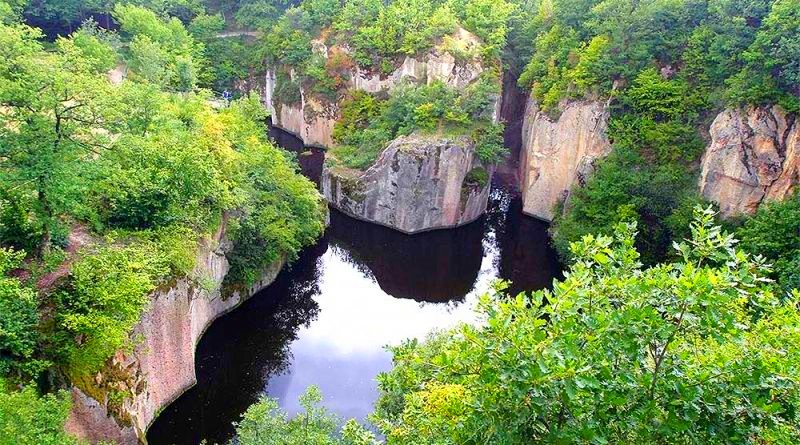
The water of Végardó Fürdő - our natural treasure
No one doubted the healing effect of the thermal water found in Sárospatak in 1959, but in order for it to become official, a long, thorough and all-encompassing accreditation procedure had to be carried out.
The perseverance of the people of Sárospatak paid off when the competent authority certified the water of the Sárospatak Végardó Fürdő K-123/A OKK well, which is called Szent Erzsébet medicinal water, as having medicinal effects on March 8, 2019. In short, this means that from now on you can bathe in Végardó not in thermal water, but in medicinal water.

